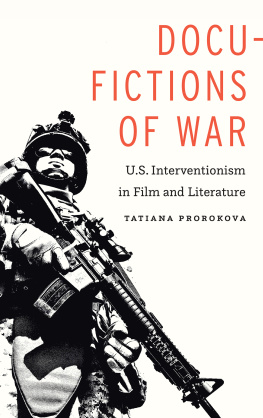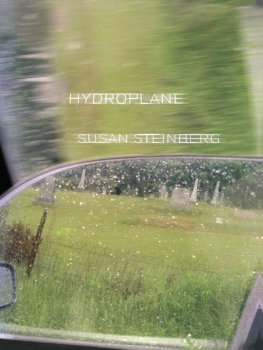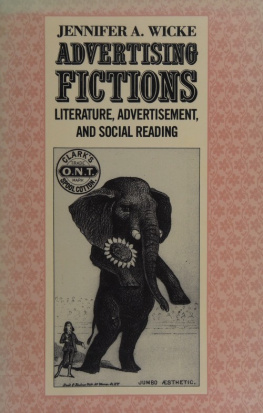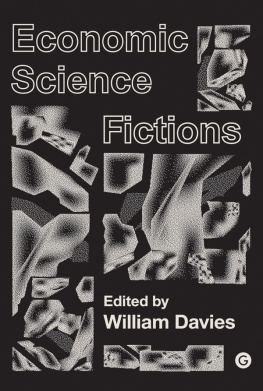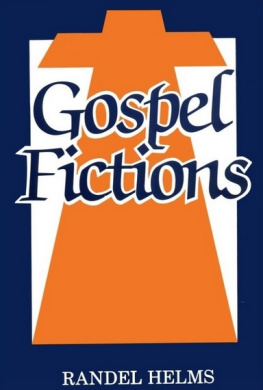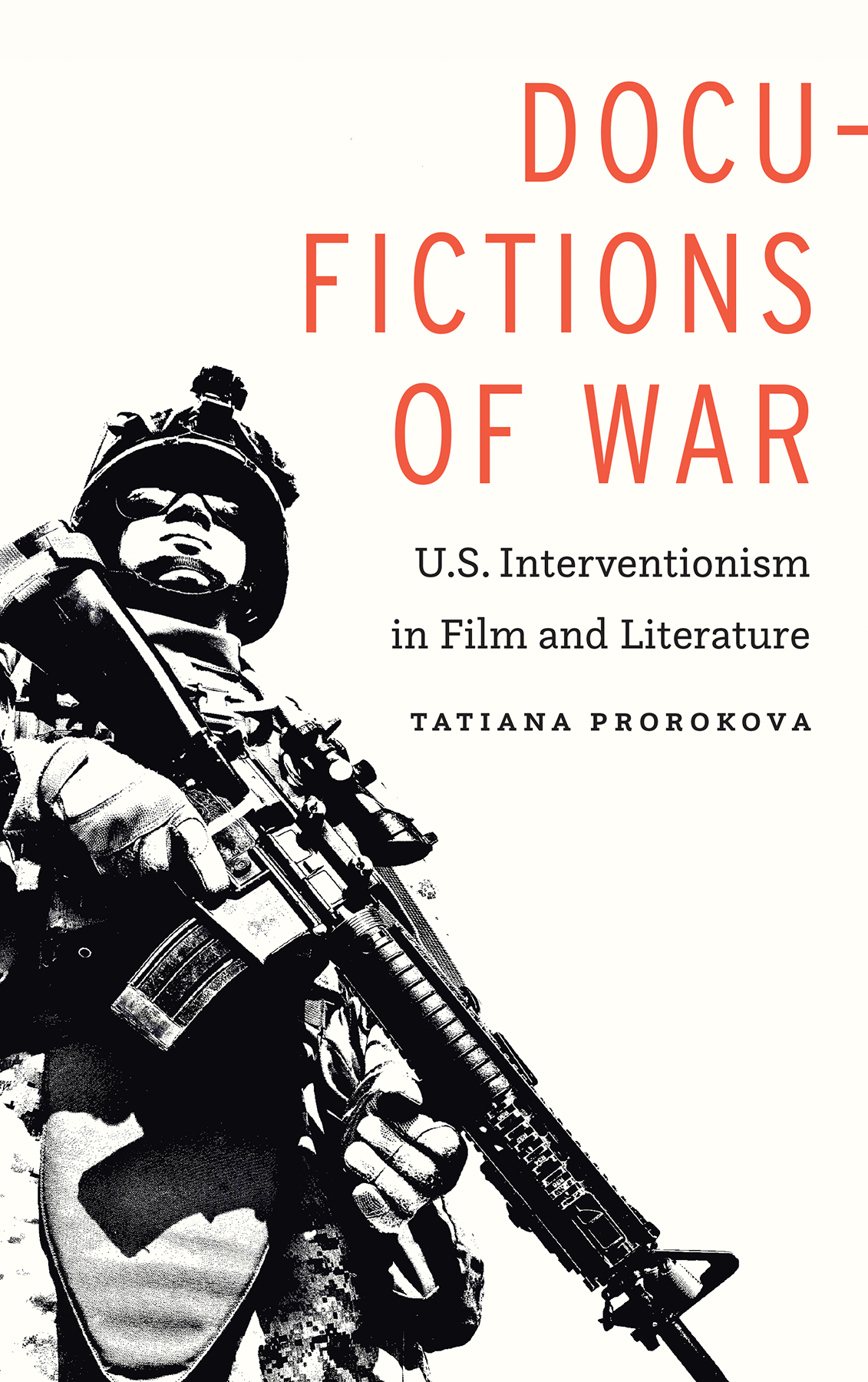
In our age, indeed in any age caught up in the challenges of discerning truths from fictions, and even from facts, Tatiana Prorokovas chosen subjectthe relationship between history and representational artis of vital significance. In her disciplined study of contemporary warfare, Prorokova continues the tradition of critical appraisal and thoughtful response to enduring questions in war studies, film philosophy, and literary theory.
David LaRocca, editor of The Philosophy of War Films
Well written, comprehensive in scope, impeccably researched, and both wide ranging and detailed in the critical perspectives it provides. Prorokova does a great job of exploring some very complicated concepts in a fluid, informative yet often dynamic fashion.
Terence McSweeney, author of The War on Terror and American Film: 9/11 Frames per Second
Prorokovas contribution to this age-old discussion, fraught with ontological and epistemological conundrums, is both fresh and welcome.
Steven Trout, author of On the Battlefield of Memory: The First World War and American Remembrance, 19191941
Docu-Fictions of War
U.S. Interventionism in Film and Literature
Tatiana Prorokova
University of Nebraska Press | Lincoln
2019 by the Board of Regents of the University of Nebraska
Cover designed by University of Nebraska Press; cover image Getmilitaryphotos.com / Shutterstock.com.
All rights reserved
Library of Congress Cataloging-in-Publication Data
Names: Prorokova, Tatiana, author.
Title: Docu-fictions of war: U.S. interventionism in film and literature / Tatiana Prorokova.
Description: Lincoln: University of Nebraska Press, [2019] | Includes bibliographical references and index.
Identifiers: LCCN 2018048121
ISBN 9781496207746 (cloth: alk. paper)
ISBN 9781496214256 (paper: alk. paper)
ISBN 9781496214447 (epub)
ISBN 9781496214454 (mobi)
ISBN 9781496214461 (pdf)
Subjects: LCSH : American literatureHistory and criticism. | War in literature. | War filmsUnited StatesHistory and criticism. | United StatesForeign relations1989 | Intervention (International law)
Classification: LCC PS 169. W 27 P 76 2019 | DDC 810.9/358dc23 LC record available at https://lccn.loc.gov/2018048121
The publisher does not have any control over and does not assume any responsibility for author or third-party websites or their content.
Contents
First and foremost, I want to express gratitude to Carmen Birkle, for her invaluable guidance and constant support. I also immensely appreciate her help with several grants I received, which facilitated my travel to conferences worldwide that contributed to the work on this project and also helped me grow professionally. I want to thank Philipp Gassert for his insightful comments.
A large contribution to the advance of this project was my stay in 2016 as a visiting scholar at the University of South Alabama, at the Center for the Study of War and Memory and the English Department, which was generously covered by the Marburg University Research Academy. I would like to thank Steven Trout and Susan McCready for inviting me to come, and also for their professional support throughout my stay. I thank the English Department and the Department of Foreign Languages at USA for their warm welcome. To Ekaterina Zakharova, Nick Gossett, Christine Rinne, Madeline Trout, and Hank Hodde, I say thank you all for making my stay in Mobile such a great experience!
I would also like to thank Georgiana Banita for offering the course All Work and No Play? The Films of Stanley Kubrick, which I attended as a masters student at the University of Bamberg, Germany. The discussion of Full Metal Jacket in one of our sessions during the summer semester of 2013 was perhaps the moment I first became interested in war studies.
Last but not least, I say a big thank-you to my family, who have always had faith in me and have been supportive of what I have done.
U.S. Interventions in Film and Literature
Reconsidering the Status of Fictional and Documentary Narratives on War
Fiction and documentary are the two categories into which both film and literature can be broadly divided. One traditionally associates works with invented plots with fiction, and those that claim to reflect real events with documentary. Documentary is a genre that documents historical events. Therefore works of historical writing are the most illustrative in this regard. Yet the genre of documentary encompasses other media that record reality, historically and in the present. These media might include documentary film, memoir, autobiography, television news reporting, and written journalism. I use might to underscore the rather inconsistent nature of the documentary genre because texts of various media, including those listed above, might be fiction that rhetorically claims to be nonfiction and thus only purport to be documentary. It is believed that fiction, as opposed to documentary, is the genre that is primarily based on imagination and is thus disconnected from historical, everyday, or any future reality.
The main difference between historical writing and fiction has as much to do with the ways that these two modes of representation ask to be read as it does with their referential relationship to facts, reality, or truth. Each conveys different meanings through different means for different purposes; the two modes nonetheless might work in similar ways and may frequently borrow various techniques from each other. The ambivalent nature of the documentary genre has been widely investigated by scholars, who have singled out certain mediaor particular examples from those mediathat only claim to be documentary but in reality consist of multiple fictional aspects and elements; however, these scholars have overlooked the inconsistency within fiction itself. Fiction is firmly labeled the genre of imagination. Yet this study contends that fiction can adopt elements of documentary and, in its unique way, record reality too. Such works of fiction should be termed docu-fiction.
Exactly how and in what sense do works of imagination document historical events? While not exaggerating fictions ability to compete with historical writings in questions involving the authentic representation of true facts, I contend that fictionand specifically war fiction, which is at the core of this analysiscan represent history, although, significantly, it can never conspicuously or even openly claim to do so. War fiction is unable to present its audience with the history of a given war in its traditional sense, yet it can interpret a wars events and re-create scenes of war via aesthetic means in order to appeal to the audiences emotional side. Frequently exaggerating, sometimes minimizing and even simplifying, and always dramatizing, war fiction aims to provoke a response from the audience. Intruding into the history of real wars, war fiction may focus on some of the most important, well-known, or controversial aspects of the war it addresses. But it always aims to present a multifaceted nature of war that includes the perspectives of soldiers, civilians, the enemy, and others. In doing so, war docu-fiction not only restages a portion of the history of a specific war but also interprets it imaginatively, providing a plausible viewpoint and thus frequently helping the audience understand, even if only in part, the complex story behind the war. Using specific attributes (e.g., uniforms and weapons), re-creating war geographies and environments, and including various documents, such as letters and videos, war docu-fiction, in perhaps a rather theatrical manner, stages and reanimates historical events. Its main goal is not so much to
Next page
